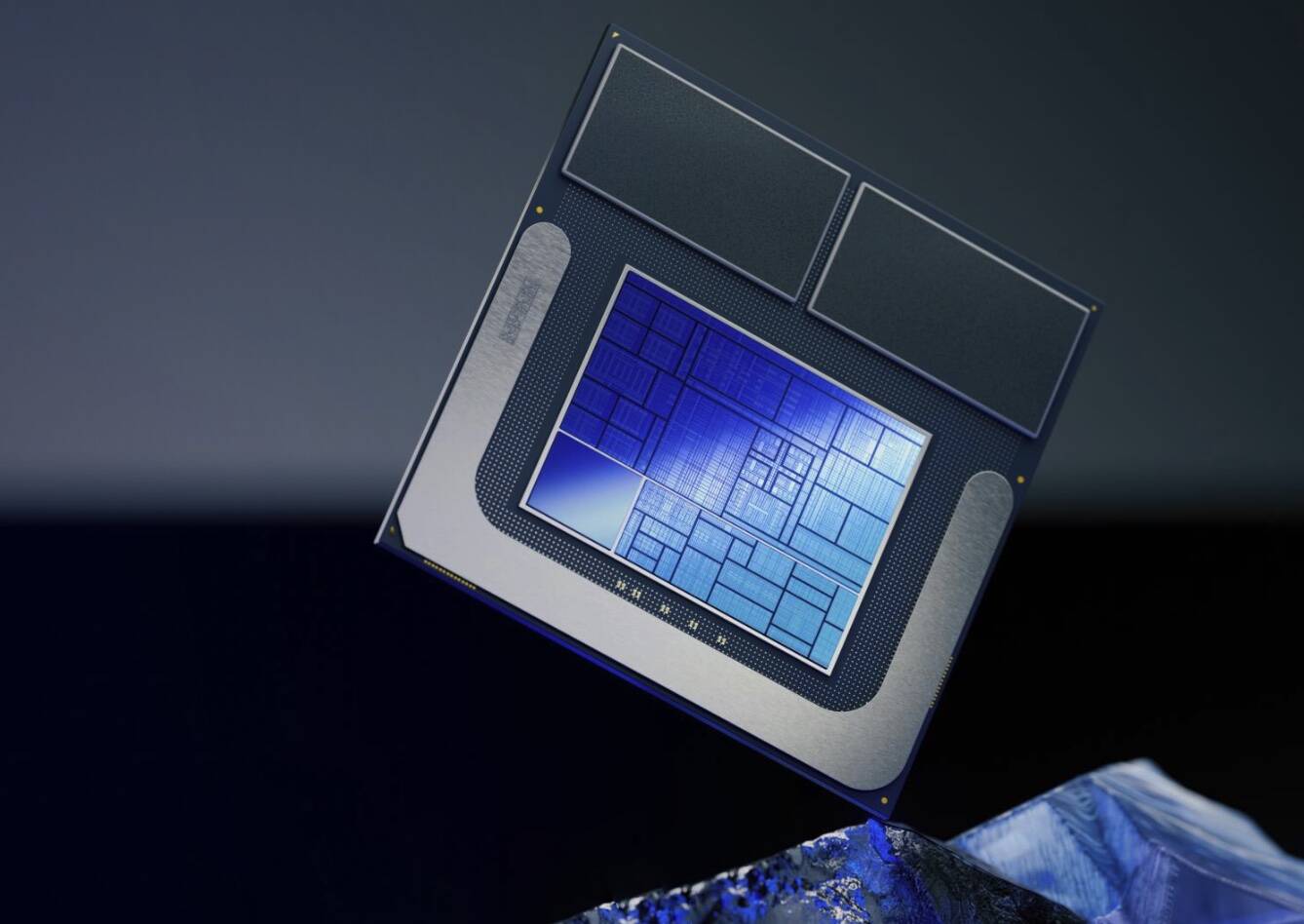Intel’s first chips to exceed Microsoft’s lofty Copilot+ performance target have arrived, promising up to 120 TOPS of AI performance across an improved CPU, GPU and NPU. This development brought to you by the move to jump ship to TSMC.
Intel’s new Core Ultra 200V mobile processors, which launched ahead of the IFA conference in Berlin this week, are actually being outsourced to TSMC for manufacturing and constructed using the x86 giant’s Foveros 3D packaging tech.
Intel has been a TSMC customer for years for things like GPUs, NICs, and AI accelerators. When it came to CPUs, however, the chipmaker has almost exclusively handled manufacturing in-house. As CEO Pat Gelsinger noted during Intel’s disastrous Q2 earnings call last month, this decision is really a stopgap until its Foundry division can ramp its 20A and 18A process tech with products expected to return home in the 2026 time period.
This decision doesn’t appear to have had an adverse impact on the chip’s performance. In fact, quite the opposite, Intel previously claimed instruction per clock gains of 14 percent for its performance cores and a whopping 68 percent for its efficiency cores this time around.
The chip’s Xe2-based graphics processor is also said to be roughly 50 percent faster than the one found in Meteor Lake, while also churning out 67 TOPS of INT8 compute. Lunar Lake also boasts a much improved neural processing unit (NPU) capable of another 48 TOPS of AI performance, up from the roughly 11 TOPS found in prior-gen Meteor Lake parts.
We took a closer look at the architecture back at Computex, but that puts it just over the finish line for Microsoft’s 40 TOPS AI PC spec, revealed alongside Qualcomm’s X Elite launch earlier this year.
Compared to AMD, Intel says its chips achieve similar performance on graphics-heavy tasks like gaming while consuming about 30 percent less power, while against Qualcomm, they say the chips manage 25 percent higher performance while consuming half the power. With that said, we recommend taking any vendor’s performance claims with a healthy dose of salt.
With four P-cores, four E-cores, eight GPU cores and on package memory, Lunar Lake looks conspicuously like an x86 spin on Apple’s M1 and M2 SoCs from a few years back. In fact, for this generation, Intel has ditched Hyperthreading — a mainstay of x86 processors for years — entirely.
However, unlike Apple’s equivalent M-series parts, Intel is sticking with a chiplet architecture, albeit a much simpler one than Meteor Lake, with just two logic dies — one for the CPU, GPU, and NPU and one which handles I/O and security functionality.
In addition to higher performance, Intel claims the part is also substantially more efficient, with system on chip power down 50 percent from the last generation and with CVP of Client Engineering claiming that notebooks with 20 hours of battery life in real world use are possible using the chip. “Lunar Lake is the most efficient x86 processor ever,” Jim Johnson said.
However, similarities with Apple’s SoCs also mean that the LPDDR5 memory is now packaged alongside the compute dies, which means you’ll have to choose between 16GB or 32GB at checkout. And if you need more than that, you’re out of luck, for now anyway.
Intel is leaning heavily into the AI PC marketing. And the chip shop isn’t just talking about being able to tie into Microsoft’s Copilot+ functionality. Intel also touted it would support running local AI models under Chrome OS as well.
However, those excited to take advantage of these chips for features like Cocreator for Paint or Recall will have to wait a little longer. According to Intel, Copilot+ features won’t be activated until November.
Intel says Lunar Lake will be available in more than 80 PCs from more than 20 vendors including Dell, HP, and Lenovo to name a few starting Sept. 24. ®

